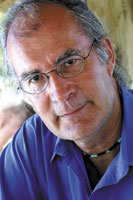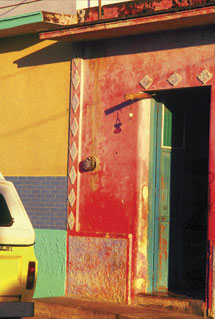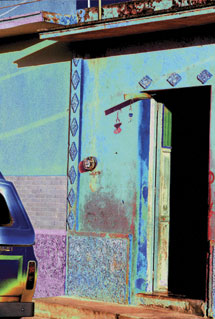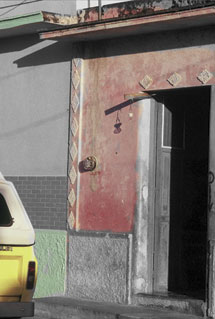Perception And Processing
“Photographers owe nothing to reality.”—Fred Picker, 1988
 An image sits in front of you on the monitor, something you caught on some stroll or an intentional trip into some world space that you wanted to share with the rest of the inhabitants, and there is something right about it and something wrong, something you missed along the way or that dropped out from the recording that needs fixing. It might be contrast or it might be tone, or some color doesn’t seem quite right or even the time of day seems cast in the wrong light, or at least not the color you felt when you made the image. Then the question becomes—what is real here, what is it about this image that makes it real or propels it into some fantasy or some obsession or even some pretense of making it what it isn’t into what it was? Is there a reality to it or is it all up for grabs?
An image sits in front of you on the monitor, something you caught on some stroll or an intentional trip into some world space that you wanted to share with the rest of the inhabitants, and there is something right about it and something wrong, something you missed along the way or that dropped out from the recording that needs fixing. It might be contrast or it might be tone, or some color doesn’t seem quite right or even the time of day seems cast in the wrong light, or at least not the color you felt when you made the image. Then the question becomes—what is real here, what is it about this image that makes it real or propels it into some fantasy or some obsession or even some pretense of making it what it isn’t into what it was? Is there a reality to it or is it all up for grabs?
That’s what the image on the monitor asks you, and how you reply says something about how you see and what you want to communicate. It might be a push button away where you cede that moment to some programmed response, or it might take many layers of response where you pile on the effects, wiping away intrusive parts to reveal what’s underneath, to create a fourth dimension to what had been a two-dimensional illusion, to make retrospection
another tool.
 |
 |
|
 |
 |
|
|
||
There is the classic response; the balancing of color, the control of highlights, the sharpening of the edge. All these are easy enough now, making images in gamut and tonally correct, touching all the keys of the gray scale, but is that enough for you? Is there some surreal quality, some essence of how you see that makes the image go from that proper response to something that steps more into your own space?
The options available are known in the parlance of the trade as freestanding or plug-in and the possibilities can make your head spin and intrude upon whatever you had in mind, but you can also blend and meld and pick and choose from among them, and borrow from here and there like the way a culture is built, but this time it’s your own culture, your own world that you build, your own reality that you construct from that image that sits there on the screen looking at you asking, OK, now where do we go from here?


































